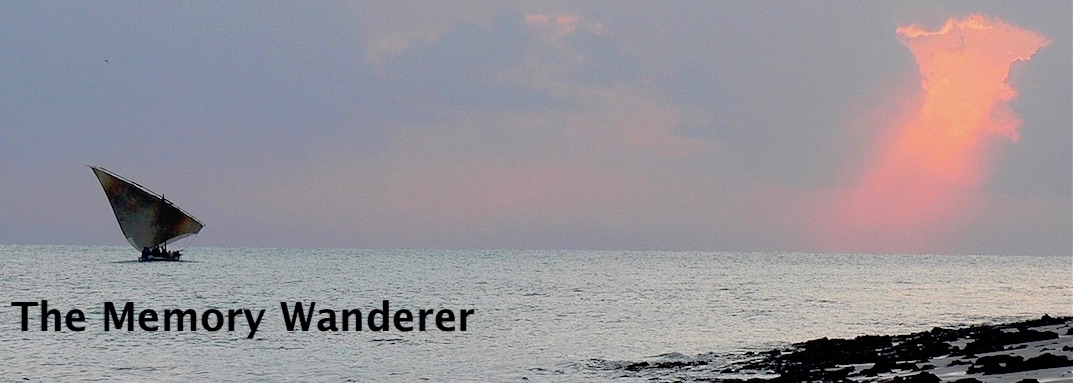
We used to walk along the long, sandy beach to the south of Golspie regularly, particularly when we had our house in the village's Main Street, but recently we haven't been onto it in months - not least because, after some of the winter's worst storm damage, it was impossible to get down to the beach from the promenade. As can be seen in this picture, there used to be a ramp down, never very safe, but this was undermined and partially collapsed.
Despite this, with the beach's sand beginning to reappear after being removed by the sea earlier in the winter, it's now possible to clamber, very carefully, down the ramp and, once again....
....enjoy the miles of open beach which run south all the way to Littleferry.
It was low tide when we walked out onto the beach this morning, low enough to expose large areas of weed-covered rocks much enjoyed by the shore birds. A careful study of this picture will reveal nine redshanks, an oystercatcher and a couple of gulls, while somewhere amongst them was....
....a pair of ring-necked plovers, a species which has been conspicuously absent recently.
I do hope that the plovers aren't planning to nest at the back of the beach, something they used to do when we were first in Golspie, as much of....
....the sea wall, composed of large blocks of rock, was badly damaged in the storms and is having to be rebuilt.
When the sea wall was broached at this point it allowed waves to cross the fifty metres or so to....
....attack the next wall, a much smaller one built as additional protection for the static caravan site.
The golf course, which runs along the back of the sea wall from the caravan site to the village, had its sea wall broached in several places, all of them now repaired. This amount of damage is, as we understand it from people who've lived in the village for many years, unprecedented, and suggests that global warming is coming to Golspie apace.





















































